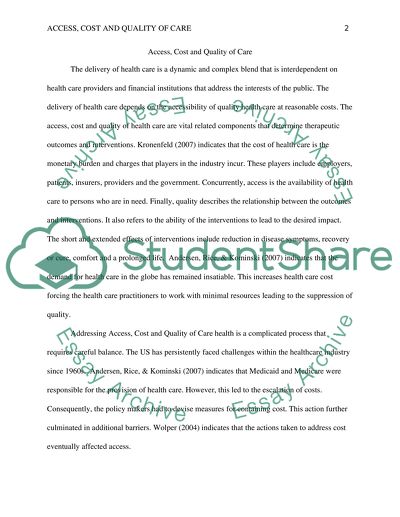Cite this document
(“Access, Cost and Quality of Care Essay Example | Topics and Well Written Essays - 1250 words”, n.d.)
Access, Cost and Quality of Care Essay Example | Topics and Well Written Essays - 1250 words. Retrieved from https://studentshare.org/health-sciences-medicine/1457702-access-cost-and-quality-of-care
Access, Cost and Quality of Care Essay Example | Topics and Well Written Essays - 1250 words. Retrieved from https://studentshare.org/health-sciences-medicine/1457702-access-cost-and-quality-of-care
(Access, Cost and Quality of Care Essay Example | Topics and Well Written Essays - 1250 Words)
Access, Cost and Quality of Care Essay Example | Topics and Well Written Essays - 1250 Words. https://studentshare.org/health-sciences-medicine/1457702-access-cost-and-quality-of-care.
Access, Cost and Quality of Care Essay Example | Topics and Well Written Essays - 1250 Words. https://studentshare.org/health-sciences-medicine/1457702-access-cost-and-quality-of-care.
“Access, Cost and Quality of Care Essay Example | Topics and Well Written Essays - 1250 Words”, n.d. https://studentshare.org/health-sciences-medicine/1457702-access-cost-and-quality-of-care.


